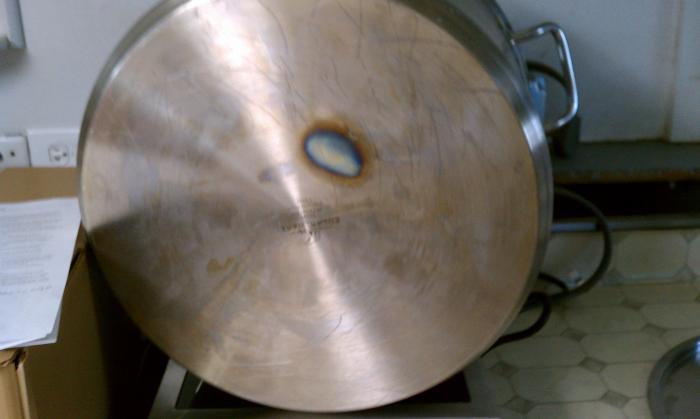sumbrewindude
Well-Known Member
- Joined
- Nov 16, 2013
- Messages
- 879
- Reaction score
- 150
Added reflectix to my pot and did a boil test, the diffrences between no insulation and with reflectix was marginal. Been trying to buy a Keg Koozie or Keg Skin like AnOldUR but they seem to be having issues with their suppliers. I priced sheet neoprene and making my own, which I might have to do.
This place can get you neoprene in any size/thickness you'd ever want - just keep an eye on the price!
http://www.rockywoods.com/Fabrics-Kits/Neoprene_Fabrics
They carry the fabric backed neoprene that works with velcro too - that'd make fitting much easier.
I sure wish my Avantco would show up. I'm trying to decide between a Concord 6.5gal pot or a Bayou 1032 (8gal with spigot). I can't believe it, but the 1032 is cheaper than the pot only version (1308) and it's a tri-layer bottom.
Trying to stay in the 12" diameter range for the pot, and that's difficult for some reason.





















































![Craft A Brew - Safale S-04 Dry Yeast - Fermentis - English Ale Dry Yeast - For English and American Ales and Hard Apple Ciders - Ingredients for Home Brewing - Beer Making Supplies - [1 Pack]](https://m.media-amazon.com/images/I/41fVGNh6JfL._SL500_.jpg)







